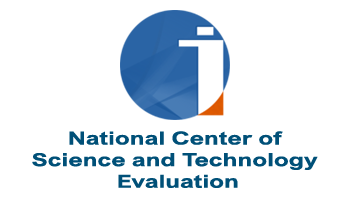Phenotypic variation of common wheat mapping population Pamyati Azieva x Paragon in south-east of Kazakhstan
DOI:
https://doi.org/10.26577/ijbch-2019-i1-3Abstract
Development of mapping populations (MP) of any crop, including wheat, with its high-density genetics map is a crucial initial step in breeding programs aimed towards identification of quantitative trait loci for complex traits, such as yield. Current study is related to the field observations of hexaploid common wheat MP derived from a cross between the cultivars Pamyati Azieva (Russian Federation) and Paragon (UK). MP consisted of 98 recombinant inbred lines (RILs). It is the first mapping population to be constructed using one of the registered commercial cultivars in Kazakhstan. All 98 RILs were tested for four consecutive years (2015-2018) in the field conditions of the Kazakh Research Institute of Agriculture and Plant growing (KAZNIIZR). Field study suggests that the MP is a highly suitable genetic resource for wheat breeding projects, as the developed RILs showed a wide range of variation in yield related traits, including plant height (PH), number of fertile spikes (NFS), number of kernels per spike (NKS), and thousand kernel weight (TKW). The analysis of weight of kernels per plant (WKP) indicated that in total 40 RILs, including these five RILs: RIL48, RIL36, RIL83, RIL01, and RIL46, outperformed the local parent cultivar Pamyati Azieva. They showed averaged best yield values over the indicated period, which is highly correlated with PH, NFS, NKS, and TKW, as indicated by the Pearson correlation index. Individuals with favorable values for all yield-related traits were identified for their incorporation into the breeding studies. The GGE Biplot analysis allowed the separation of four trials to two mega-environments, possibly reflecting the amount of precipitation around flowering time and seed maturation time, which are crucial phases of wheat plant growth and development. These observations will be used to inform further studies related to genetic mapping of quantitative trait loci of yield components in common wheat.
Downloads
How to Cite
Issue
Section
License
ааа

















